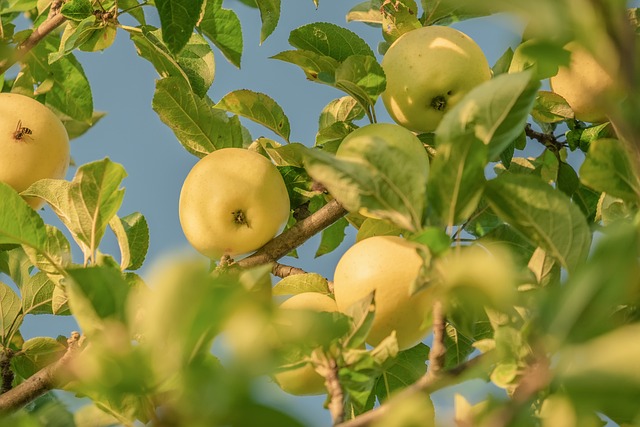In the dynamic landscapes of residential and commercial construction, efficient lot clearing is more than just a preliminary step; it’s the foundation upon which successful projects are built. This article explores strategic approaches to lot clearing in Mauldin, SC, with a focus on tree trimming and pruning techniques that balance environmental conservation with development goals. From best practices for post-clearing preparation to insights tailored for both residential and commercial ventures, discover how expert tree trimming in Mauldin, SC, can enhance your project’s foundation.
- Understanding Lot Clearing: The Initial Step in Construction
- Strategies for Efficient Tree Trimming and Pruning in Mauldin, SC
- Best Practices for Commercial and Residential Projects Post-Clearing
Understanding Lot Clearing: The Initial Step in Construction
Lot clearing is a fundamental and often overlooked step in any residential or commercial construction project. In Mauldin, SC, where lush landscapes are common, understanding the process of tree trimming and pruning becomes crucial for developers and builders. This initial phase involves carefully assessing and managing vegetation to prepare the land for construction, ensuring both safety and aesthetic considerations.
Proper tree trimming and pruning techniques are essential to maintain the natural beauty of the area while removing potential hazards. Skilled professionals employ these methods to shape trees, remove dead or diseased branches, and manage overall growth, making way for new constructions. In Mauldin, SC, where landscaping is a significant aspect of property value, efficient lot clearing services ensure that projects adhere to local regulations and maintain the environmental integrity of the region.
Strategies for Efficient Tree Trimming and Pruning in Mauldin, SC
In Mauldin, SC, efficient tree trimming and pruning are essential components of any residential or commercial lot clearing project. The first step involves assessing the overall health and structure of trees to determine the best course of action. Proper identification of tree species is crucial as different types require unique care and maintenance routines. For instance, knowing whether a tree is deciduous or evergreen influences when it’s best to trim, with many evergreens being best pruned in late winter while decids should be trimmed during their dormant period to prevent disease spread.
Professionals in Mauldin SC offer strategic services that go beyond basic trimming. This includes selective pruning to remove dead, diseased, or damaged branches, thinning the canopy for better air and sunlight penetration, and shaping trees to enhance their natural form. Using appropriate tools and techniques, such as pruning shears, loppers, and chain saws, ensures clean cuts that promote healthy regrowth. Safety is paramount; professionals wear protective gear and use ladders or bucket trucks when necessary to access high branches, minimizing risk and ensuring the longevity of both the trees and those performing the work.
Best Practices for Commercial and Residential Projects Post-Clearing
After completing lot clearing for residential or commercial projects in Mauldin, SC, adopting best practices ensures a safe and sustainable environment for future development. For commercial sites, thorough site preparation is key to attracting tenants or buyers. This involves removing debris and unwanted vegetation while also addressing any environmental concerns specific to the area. Regular maintenance, such as tree trimming and pruning, should be scheduled to keep the landscape healthy and aesthetically pleasing.
For residential projects, lot clearing provides an opportunity to enhance curb appeal and property value. Homeowners or developers should consider landscaping plans that incorporate native plants, which require less maintenance and support local ecosystems. Additionally, proper waste management and recycling practices during and after clearing ensure minimal environmental impact. This includes responsibly disposing of large branches and trees, which can be recycled or repurposed for wood products, further promoting sustainability in the community.
